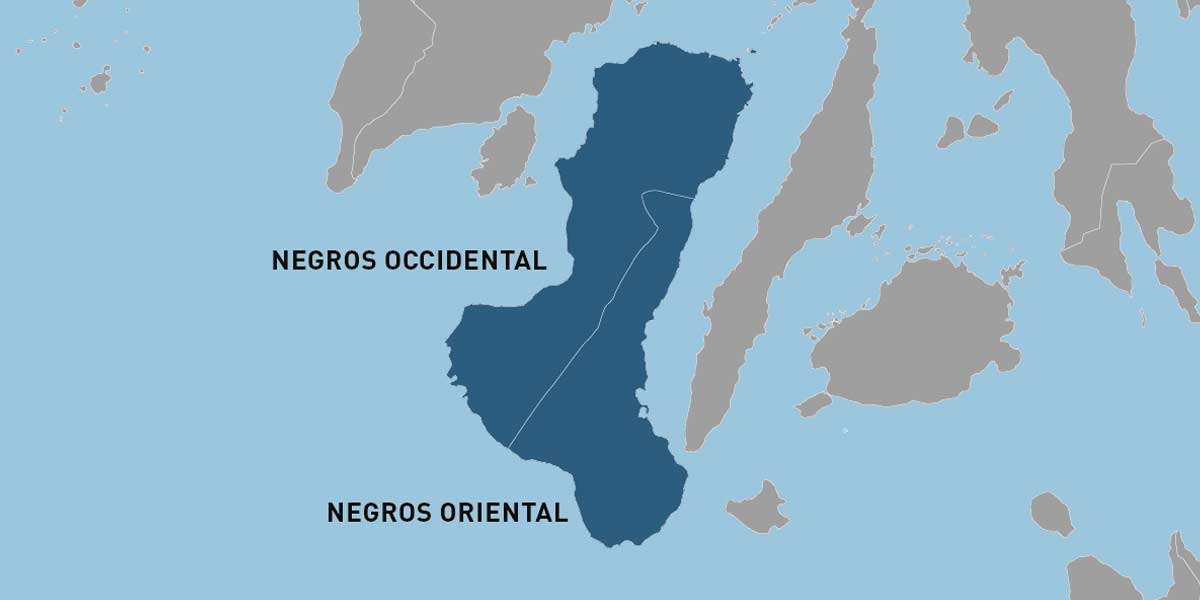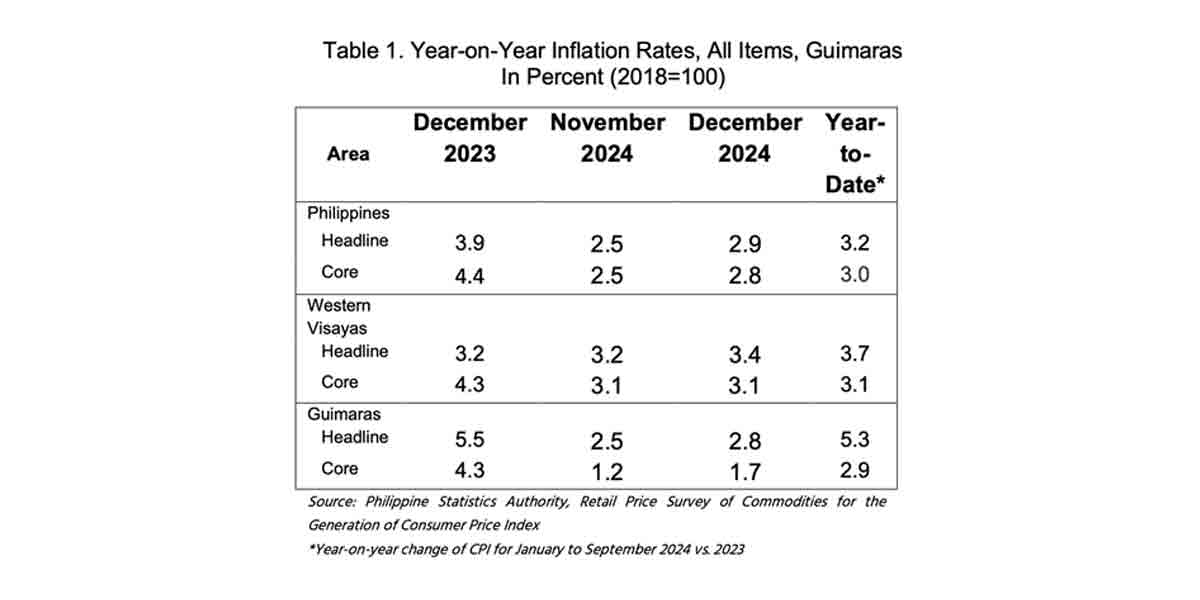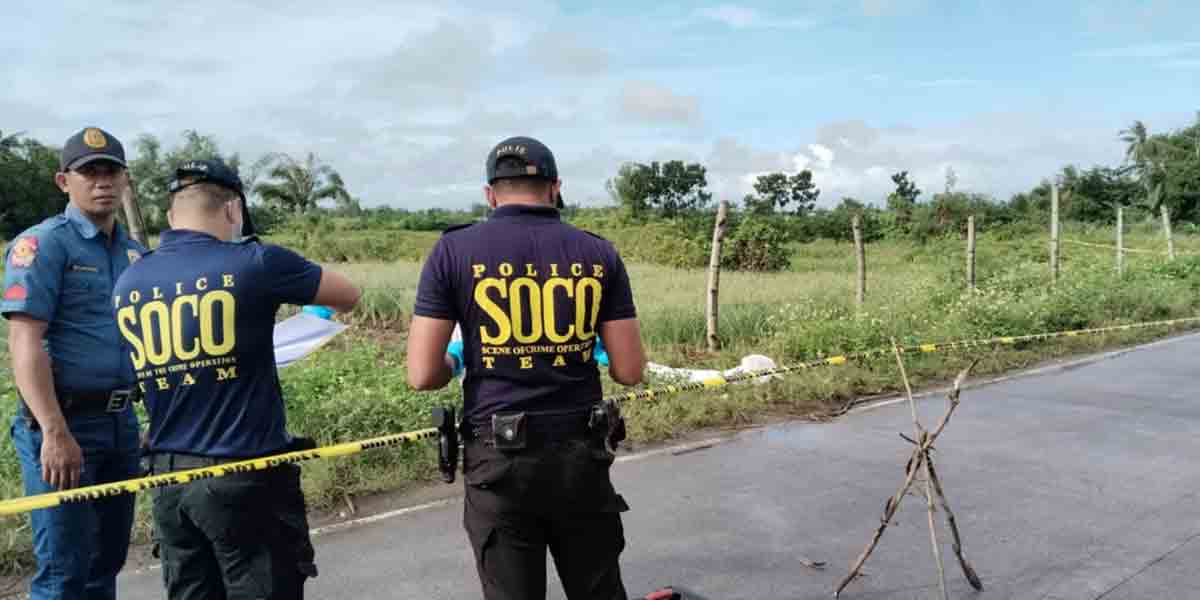 By Artchil B. Fernandez
By Artchil B. Fernandez
The country was treated to a rare live spectacle in the weekly night show of Du30 last Monday. Filipinos saw disputes among top officials of the current administration with no less than the Capo di Capi presiding. The source of disagreement is the new policy of the Department of Transportation (DoTr) reducing physical distance between passengers in public utility vehicles (PUVs).
Maintaining a physical distance of least one meter between people especially in public places is the standard prescribed by the World Health Organization (WHO) to contain the spread of Covid-19. The Philippine government follows the WHO standard and requires people in PUVs to observe a one-meter physical distance.
This week, the DOTr issued a new policy reducing the physical distance between passengers in (PUVs). From one meter, the distance has been reduced to 0.75 meter. After two weeks, the physical distance will be reduced to 0.5 meters. Eventually, the distance will be further reduced to 0.3 meters.
The reason for the reduction of physical distance is economics. The business sector has been complaining about the mobility of its workers amid the pandemic. The one-meter physical distance standard of WHO according to the business sector limits the number of passenger PUVs can accommodate. This slows down the movement of people thus slackening the pace of activities in the workplace the business community laments.
Citing the National Economic Development Authority (NEDA) which stated that “you cannot open the economy without increasing access to public transportation,” the DOTr pushed for the new guidelines on physical distance in public transportation. Increasing the number of passengers in public transport services is the answer of DOTr to the concern of the business community.
But other members of the Inter-Agency Task Force for the Management of Emerging Infectious Diseases (IATF) disagree with DOTr. The Department of Health (DOH) objected to the new physical distance between people in PUVs pointing to a study done by the Health Professionals Alliance Against COVID-19 which projected that the reduction will result to 686 daily infections in Metro Manila. “If you multiply that by 30 days, you will have about 20,580 cases. That’s the new cases. If you multiply that by 1.6, which is our case fatality rate, meaning the number of deaths over the number of total infections, there would be 3,951 deaths per year,” Health Secretary Francisco Duque warned.
The DOH position is supported by the Department of Interior and Local Government (DILG). “I agree with our health sector that this will start another spike, and it will be a roller coaster and we will be back to where we started. We might return to enhanced community quarantine,” Interior Secretary Eduardo Año cautioned.
Yet the DOTr is determined to push through with the new physical distancing rules. Transportation Secretary Arthur Tugade claimed that the new policy on the physical distance between passengers “is a product of research.” He did not name the study, the people or group who did it and when it was conducted. IATF chief Carlito Galvez, Jr. backs the DOTr position saying it is a “matter of risk management.”
Despite the disagreement within the IATF, DOTr started implementing the new policy on physical distance this week. The agency referred the matter to the president who will have the final say on the dispute.
Health or wealth, this is the dilemma confronting the government at present. Although Du30 has yet to decide with finality on the issue, the situation is tilted in favor of wealth since he has not rescinded the new policy of DOTr.
Favoring wealth over health is a dangerous policy. It gives temporary economic relief but not long-term positive yield. Loosening health standards to accelerate economic activity without a vaccine will only lead to a spike of infections. Once there is a flare-up of infections, it will force the government to impose strict measures, a lockdown and the economy will again grind to halt. The country experienced this last month when the easing of restrictions in June and July created an upsurge of infections in Metro Manila. It forced the government to place the metropolis once again under MECQ. Is the lesson in that incident not yet clear to the administration, particularly to DOTr?
Local transmission of Covid-19 remains widespread despite the one-meter physical distance. Expect the worsening of the situation once the physical distance between people in PUVs is reduced to 0.3 meters. This is almost a return to pre-Covid 19 days when people are packed like sardines in public transportation. What a perfect and ideal situation for the virus. The DOTr is leading thousands to their death.
The pandemic is far from over. Israel is imposing a national lockdown again this week due to the dramatic rise of infections. France and some European countries once more are tightening restrictions as infections spike. It is foolish for the administration to assume that the worst is over and that the country can now relax health protocols.
Dispute on wealth over health in IATF indicates that seven months into the pandemic, the administration does not have a firm grasp of the gravity of the situation. It also reveals that it is still groping on how to handle the pandemic, a clear symptom of incompetence. Du30’s inability to immediately settle the matter implies not only a lack of decisive leadership on his part but also an absence of concern to the loss of lives or economic devastation the indecisiveness brings.
There should be no dispute between health and wealth since health is wealth. But under an inept leadership, it becomes a matter of life and death.





















